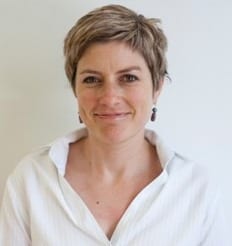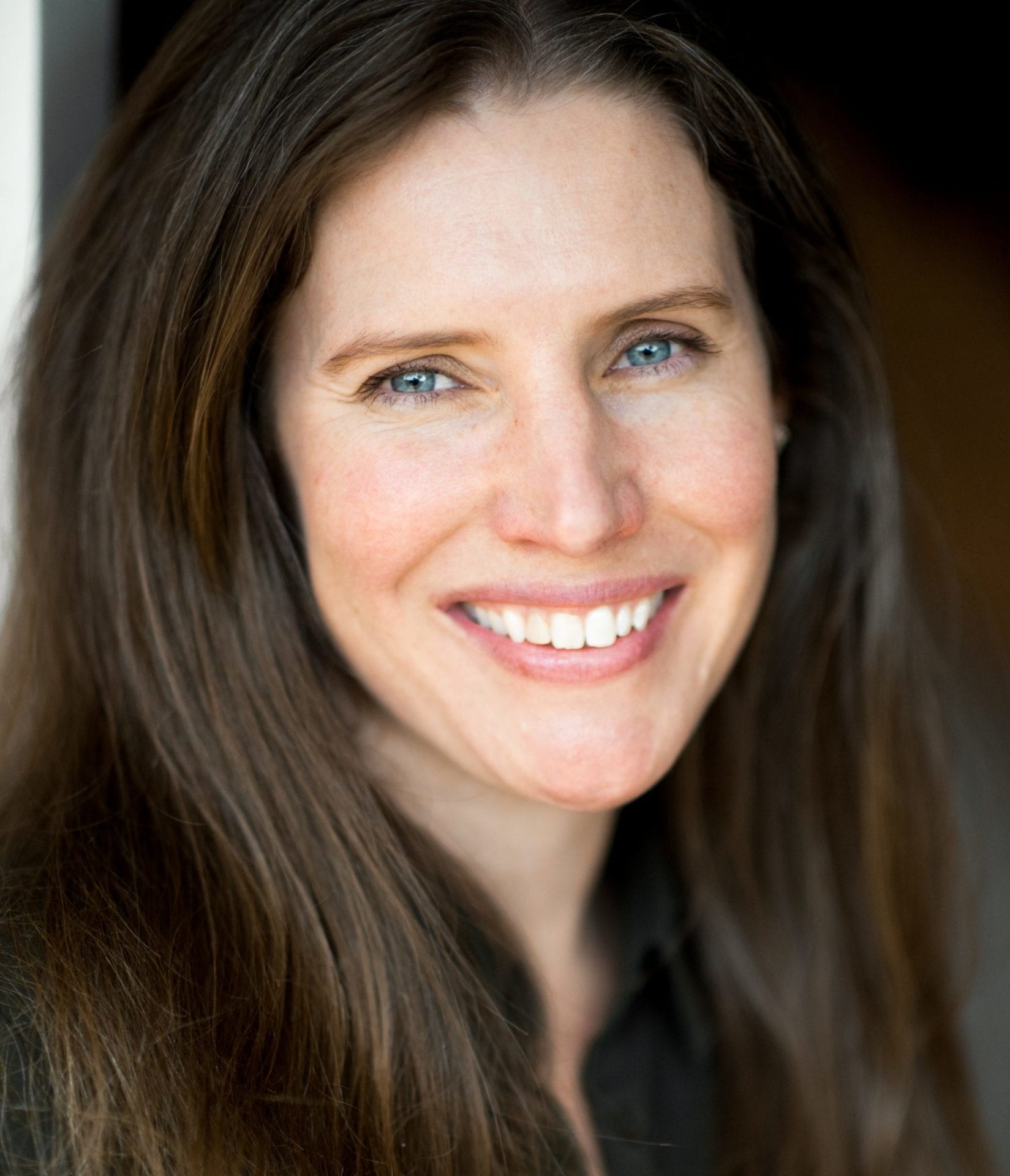What happens to the lives and careers of women when they complete a comprehensive leadership program? It’s not just about getting a promotion, new role or career. It’s also the clarity, the shoring up of a leadership style and building a robust network.
For Jess Wilson, taking the time to pursue leadership development training gave her the opportunity to reflect and build the confidence to take a new direction. For Pam Sluijs, it was to consider her core values, before moving to take on a new and more challenging role. And for Nina Kilpinen, it opened a new world of mentors and sponsors, as well as realising the possibilities available in creating a portfolio of work that included starting her own firm.
All three recently completed the Next Generation of Female Leaders Program with Women on Boards.
Below, they share their stories of career and personal change, along with some of the valuable lessons they learnt.
Women on Boards is calling on applications for the Next Generation of Female Leaders program, closing February 8. Interested applicants can also sign up for the January 16 webinar for more information.
Jess Wilson
National director, Good Things Foundation Australia
When ten per cent of the population are still not using technology or accessing the internet, Jess Wilson knows there is considerable work to do in tech to ensure that no Australian is left behind.
She recently started as National Director for Good Things Foundation Australia, leading one of the largest digital inclusion projects in the country off the firm belief that an ability to access technology is a human right.
The new role came after she completed the Next Gen course, and wrapped up a huge year personally and professionally following a death in the family, and a decision made with her partner to take a break from their careers and remind themselves who they are outside of work. They quit their jobs, rented out their house and went travelling, spending time together all over the world and writing a blog on the experience.
“It sounds like a strange thing to do after a year focused on leadership and career, but actually it was some of the learning and reflection on who I am as a leader and listening to the lives and stories of other really inspiring leaders that gave me the confidence to do it,” says Jess.
In hindsight, it was also an excellent decision both personally and for her career. Taking the time out helped her think about where she wanted to be, and saw her find her calling with the not-for-profit Good Things Foundation Australia, based in Sydney. Already she has grown her team from zero to eleven. Together they have built a network of 2000 community partners helping to deliver digital skills training and social support to help get the more than 2.5 million Australians online.
Jess says some of the core benefits she experienced during the Next Gen course included being able to determine her strengths and her value as a leader. She found the opportunity to work with and connect with a diverse group of clever woman across different sectors particularly game-changing.
Asked about her leadership style, Jess says it’s collaborative. She listens to a range of ideas, and encourages her team to bring their experience, knowledge and strengths to the table. It’s an approach she believes is particularly valuable during the start-up stage of a new organisation.
“This collaborative style doesn’t mean shying away from tough decisions or ensuring we have a clear focus as an organisation,” she says. “For me, it’s just that I know that I can’t know everything, and addressing the biggest social challenge of our time can’t be done alone.”
Pam Sluijs
Senior manager, People Advisory Services, EY
Pam Slujs believes leaders should aim to make things easier for everyone in their teams, especially when it comes to workplace flexibility.
That could be by removing structural blockers to staff accessing flexibility, as well as rethinking the language used when it comes to when and how work is done.
She says the Next Gen program taught her the power of networking and reciprocity. “Everyone has a story and we can help each other in so many ways,” she says.
She also wants to see more doors opening for women to have the courage to speak up.
Pam says taking the time to do the Next Gen course pushed her to consider what was really important in her career, along with her values and what she could do to best position herself for her career aspirations. “The result of doing this is I am now in a new role that is challenging, I am doing meaningful work and I am learning,” she says.
Pam recently started as a senior manager in People Advisory Services at EY.
As for her leadership style, she leads collaboratively, an approach Pam believes is particularly effective in building the relationships she knows are vital. She’s also well known for her negotiating skills and her ability to apply overall organisational goals while achieving strong outcomes for an employer’s people agenda.
Nina Kilpinen
Managing Director, Seed Engineering
As an engineer, Nina felt confident about where she didn’t want to take her career next: a male-dominated and traditional engineering or construction firm.
But with twenty years experience, she also knew that the next big leap was in order. And so after some work exploring her career network and potential pathways as well as a wider range of business sectors, Nina moved to launch her own engineering consulting firm: Seed Engineering.
As well as starting her own business, she’s also widened her portfolio of work after undertaking the Next Gen course, including by taking on additional roles as a non-executive director, becoming a casual academic and doing volunteer work.
“It is amazing how much you can squeeze into your life, when you fill your life with things that give you enjoyment and purpose,” she says.
Nina believes much needs to change in the infrastructure, engineering and construction sectors to better support women, especially given research by Dr Natalie Galea from the University of NSW that found women make up just 12 per cent of the construction sector.
While there is a case to better build a pipeline of women entering STEM, Nina believes the retention of women who are already in the profession is vital. They must be offered support and inclusive work environments. “Women in my industry need to be tough. Very tough. I am passionate about supporting women in engineering, but we need better leadership and real action by the industry, to create meaningful and lasting change.”
She says the course – in which her group interviewed more than twenty CEOs, some of whom are leading the largest companies in Australia – taught her to look beyond what you do in your ‘day job’.
She recalls her final presentation, in which she shared the concept that a ship in a harbour is safe, but floating in harbours are not actually what ships are built for. “Opportunities often present themselves from well outside your comfort zone and this has proven to be true for me,” she said.
Nina also realised just how generous C-suite business leaders can be with their time and their willingness to share their own experiences. She’s since had the confidence to go and form a network of sponsors and mentors, many of whom are outside her core profession. “If you had told me five years ago, that I would be surrounded by such a strong network of advisors, I wouldn’t have believed it!” she said. “They have opened doors and opportunities for me, which I never would have been able to access alone.”
Now running her own consultancy, Nina says her leadership style changes according to the many hats she’s required to wear. Her business specialises in the project management of infrastructure projects and large teams, meaning they require a collective and collegiate style of leadership, which is what she is known for. She calls the process of working with very large teams and building high performance environments as ‘human tetris’, and is known to get to know the names and responsibilities of everyone in a very large team.




